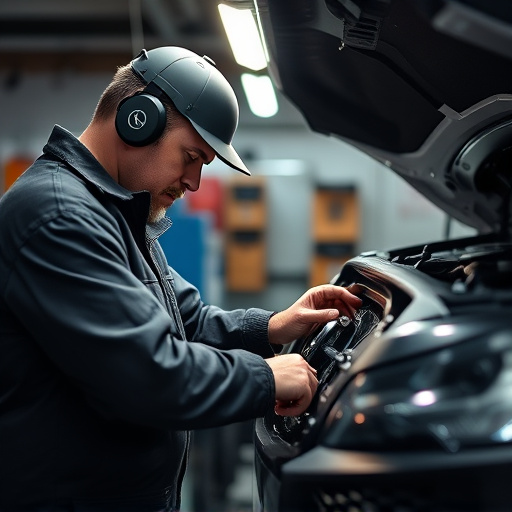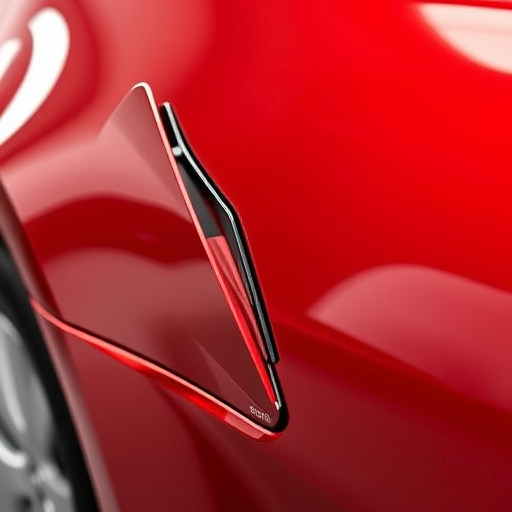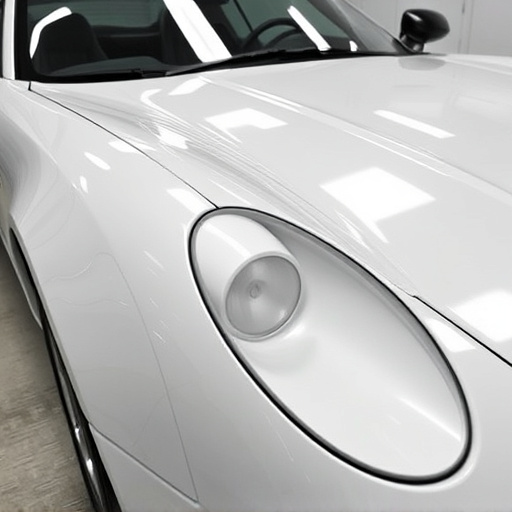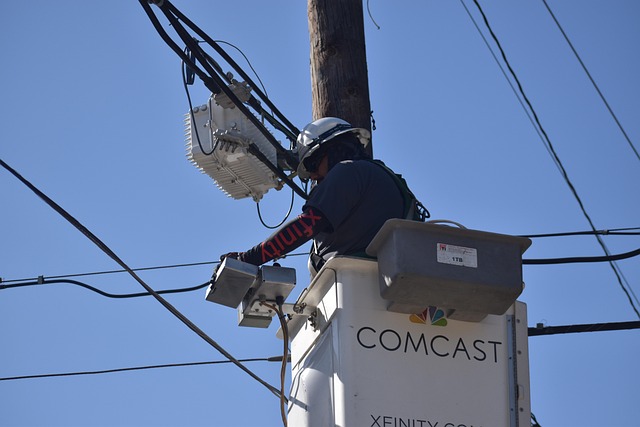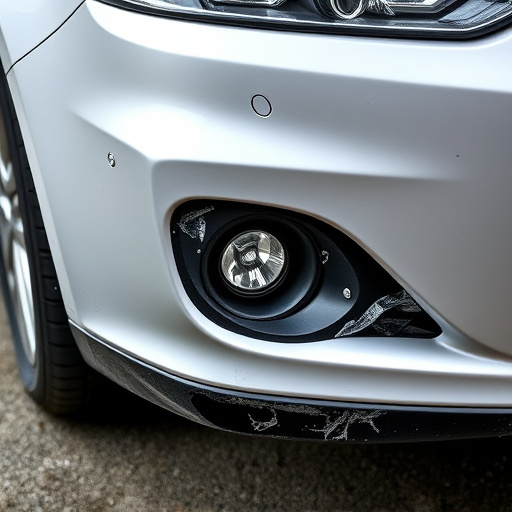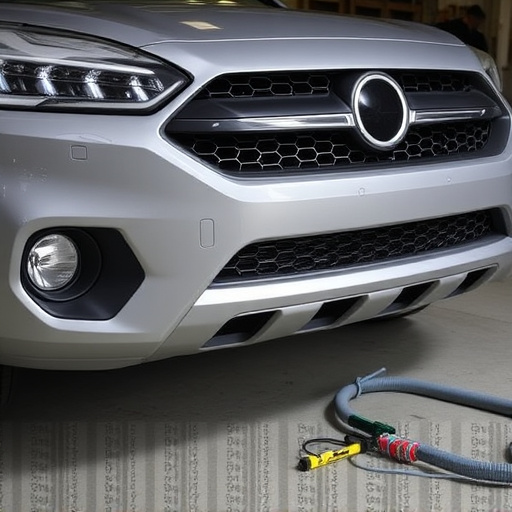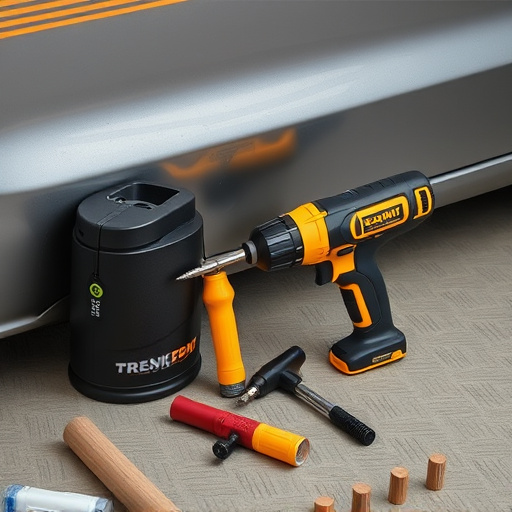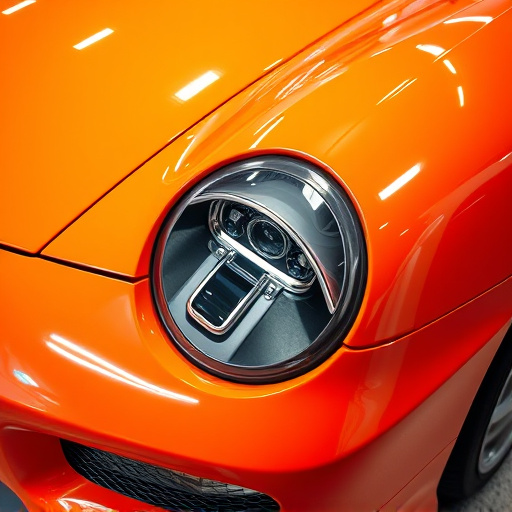Airbag system failures pose significant road safety risks due to temperature/moisture degradation, manufacturing defects, or previous accidents. Regular repair, maintenance, and inspections are vital to prevent unwanted deployment or inactivity during emergencies. Efficient car paint services can also enhance airbag reliability by restoring damaged components. Timely repairs and upkeep for related parts proactively reduce the risk of severe accidents, ensuring optimal performance from all safety systems. The meticulous process includes inspection, genuine part replacement, rigorous testing, and simulation, ultimately enhancing driver and passenger security in car body shops.
Airbag systems are crucial for passenger safety in vehicles, but their proper functioning is not without challenges. Understanding common causes of failures, such as sensor malfunctions or structural damage, is essential. This article delves into the impact of these failures and highlights how professional airbag system repair plays a pivotal role in ensuring future safety. By addressing issues effectively, repairs prevent recurring failures, safeguarding drivers and passengers alike. Learn about the step-by-step process to maintain optimal safety on the road.
- Understanding Airbag System Failures: Common Causes and Impact
- The Role of Airbag System Repair in Ensuring Future Safety
- Step-by-Step Process: How Effective Repairs Prevent Recurrence
Understanding Airbag System Failures: Common Causes and Impact

Airbag system failures can have severe consequences, leading to potential safety risks on the road. Understanding the common causes behind these malfunctions is essential in preventing future incidents. One of the primary reasons for airbag deployment issues is component degradation over time, especially due to exposure to extreme temperatures and moisture. This deterioration can affect the sensitive electronic components and sensors within the system, causing delays or misfires during an accident.
Additionally, manufacturing defects or previous accidents can compromise the integrity of airbags and their activation mechanisms. Even minor collisions might trigger unnecessary airbag deployment or, conversely, leave them inactive when needed. Regular airbag system repair and maintenance are vital to address these issues. By replacing faulty parts, adjusting sensors, and conducting thorough inspections, technicians ensure that the entire system functions optimally, safeguarding drivers and passengers in case of future accidents. Efficient car paint services and auto painting can also play a role in airbag repair by restoring damaged components to their original condition, ensuring long-lasting performance and reliability.
The Role of Airbag System Repair in Ensuring Future Safety
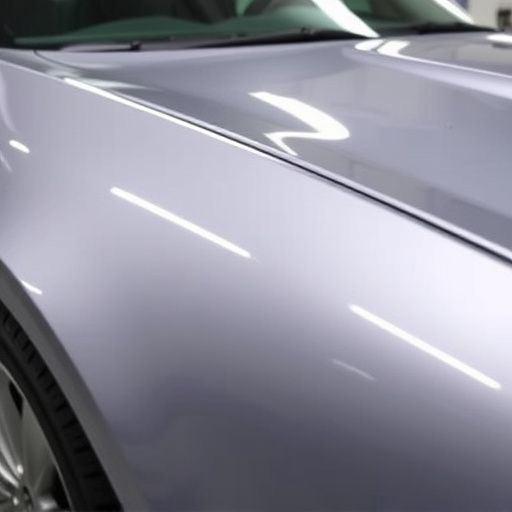
Airbag system repair plays a pivotal role in ensuring future safety for vehicles. It’s not just about fixing the issue at hand; it’s a proactive measure that significantly reduces the risk of catastrophic accidents down the line. When an airbag fails or malfunctions, it can have severe consequences during a collision. A thorough and expert airbag system repair process involves replacing faulty components, recalibrating sensors, and ensuring every part is in optimal condition. This meticulous approach not only restores the airbag’s effectiveness but also acts as a safeguard against potential failures in the future.
Regular maintenance and timely repairs, including those for related parts like bumpers and fenders, are crucial in maintaining the overall safety system of a vehicle. Vehicle repair specialists equipped with advanced tools and knowledge can identify subtle issues within the complex network of safety systems. By addressing these problems promptly, they prevent minor malfunctions from escalating into major safety hazards. This holistic approach to vehicle maintenance ensures that every component, from exterior repairs like bumper and fender mending to intricate airbag system repairs, functions harmoniously, thereby enhancing overall driver and passenger safety.
Step-by-Step Process: How Effective Repairs Prevent Recurrence
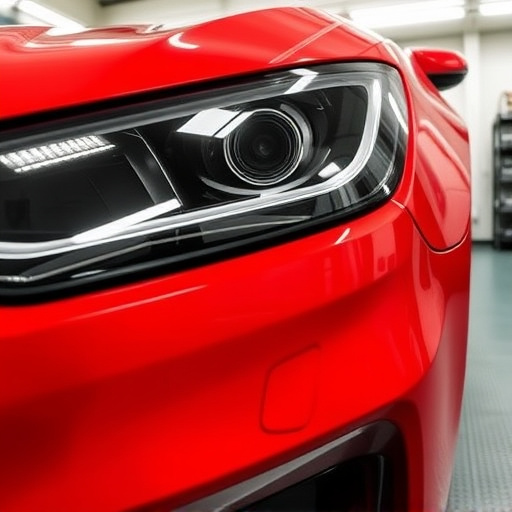
The process of airbag system repair is a meticulous one, designed to ensure future safety. It begins with a thorough inspection, where experienced technicians identify any damage or wear in the complex network of sensors, inflators, and airbags. This initial step is crucial as it pinpoints potential failure points. Following this, the damaged components are carefully replaced, using only genuine parts that meet manufacturer standards. This meticulous auto body restoration guarantees compatibility and functionality.
Once the airbag system is disassembled and repaired, rigorous testing is conducted to verify its performance. Simulating real-world scenarios, these tests ensure the airbag can deploy accurately and effectively when needed. The entire process aims to deliver a fully functional safety system, preventing future failures and ensuring the peace of mind of every driver. In a car body shop, this level of precision in airbag system repair is paramount, as it directly contributes to the overall safety of vehicles.
Airbag system repair isn’t just about fixing a problem; it’s about safeguarding lives and preventing future safety failures. By addressing the root causes of malfunctions, effective repairs ensure that these critical safety systems are reliable and ready to deploy when needed. Understanding the process and its impact is crucial in maintaining the integrity of vehicles on our roads.

